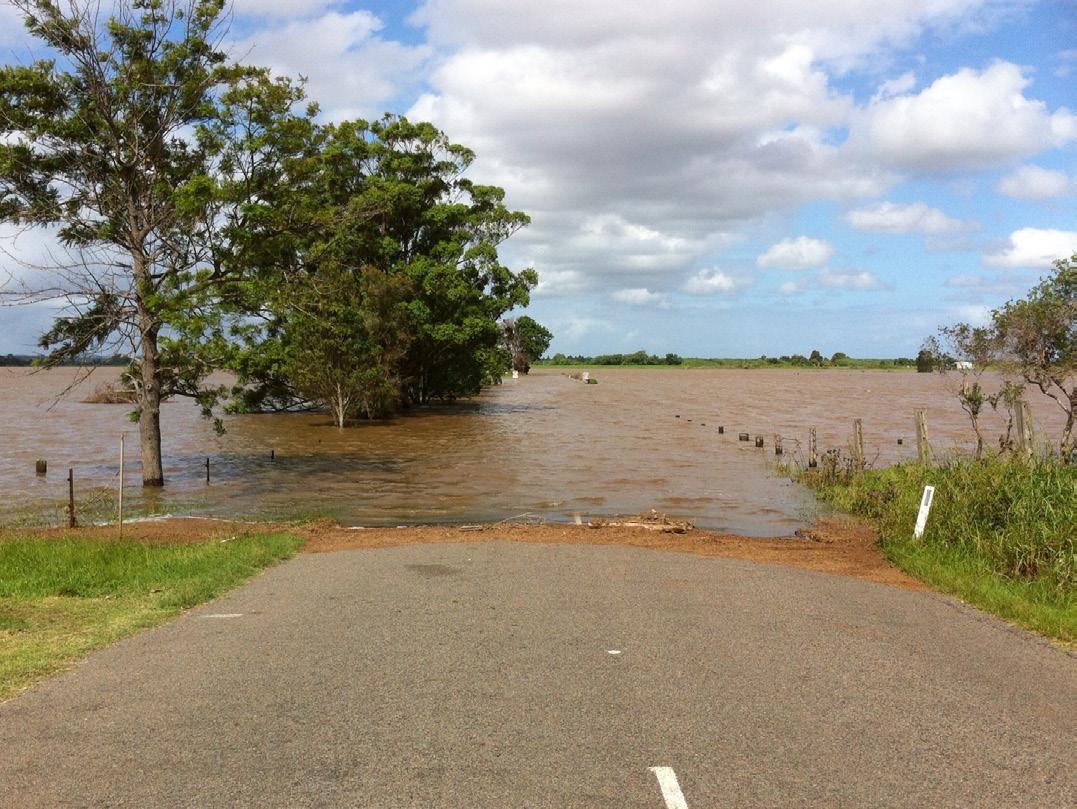Feature
MANAGING RISKS IN AN EVER-CHANGING WORLD By Nick Frith, Andrew Horne, Minter Ellison Rudd Watts
T
he need to manage risks in an ever-changing world is not new. The insurance market has seen sea changes in approach over the last few decades, driven by the emergence of new risks and lessons from significant events. Significant underwriting changes are occurring, as insurers and insureds become more sophisticated in presenting and assessing risks. The Wellington property market and the D&O market are two recent instances of insurers’ attitudes shifting rapidly, followed by brokers and insureds responding with more focused and detailed underwriting submissions directed at more granular risk assessment.
NEW YEAR – NEW ISSUES Two issues have assumed prominence this year. First, we have seen countries across the world gripped by Covid-19, the coronavirus disease. Secondly, parts of Australia have suffered some of the earliest and fiercest bushfires in history, likely linked to climate change.
COVID-19 – CORONAVIRUS: TRADE, TRAVEL AND INSURANCE The impact of the coronavirus has been devastating. The threat to life and wellbeing is the most pressing concern. However, global economic disruption has also become a key concern given the increasingly integrated nature of global supply chains and the frequency of global travel. BUSINESS INTERRUPTION INSURANCE COVER? Many supply chain-dependent companies will have contractual protections in place to reduce or avoid liability to pay for goods and 10
June 2020
components that are not able to be delivered due to transit restrictions and geographic lockdowns. They may also be relieved from liability arising from a failure to meet their own supply obligations. However, even if a company can escape a contractual obligation by relying on a force majeure clause, in many cases this will not fully restore the company to the position it would have been in absent Covid-19. For example, a New Zealand manufacturer which relies upon imported components might avoid liability to pay for those parts and be prevented from pursuing the supplier for non-performance. But its inability to manufacture an end product may cause loss far beyond the cost of the relevant inputs, including lost profits, due to an interruption in the supplier’s business. In such cases, businesses should look closely at their insurance policies, particularly business interruption cover. However, difficult issues can arise. In particular, most policies require an identifiable instance of “physical damage” in order to trigger interruption cover. Policies often contain exclusions for disease-related losses. The trigger for any property insurance policy and resulting time element coverage is physical damage to insured property by an insured peril. Insurers are likely to argue that the introduction of a virus does not constitute direct physical loss or damage to insured property, nor is it a covered peril. While the introduction of Covid-19 to insured property may be considered a fortuitous (unforeseen) event, similar to other triggers that are typically covered under property policies, it is most likely not covered due to standard policy exclusions. Insurers may point to exclusions related to loss or damage arising from delay, loss of market, loss of use or indirect or remote loss or damage. Alternatively, a policy may contain a contamination exclusion, which embeds virus, disease or





